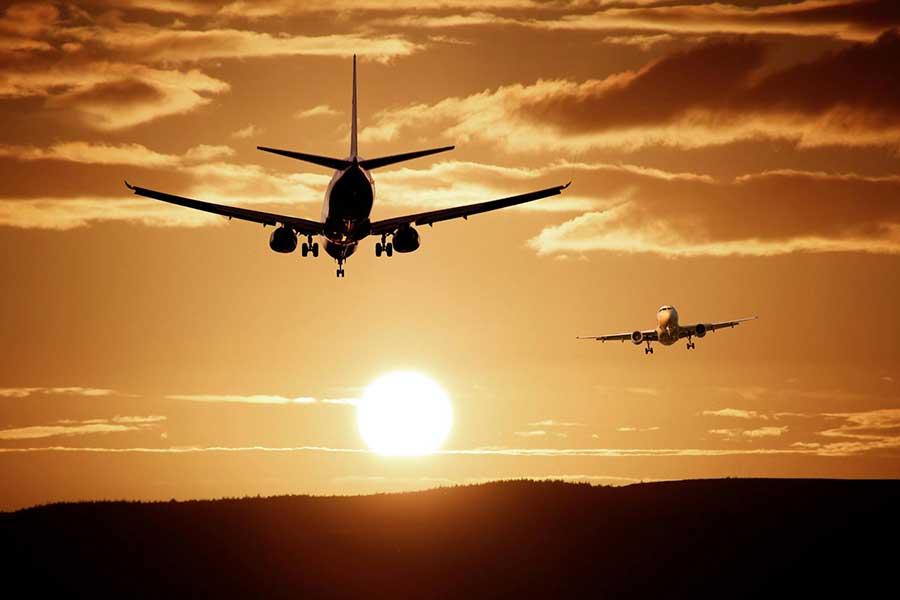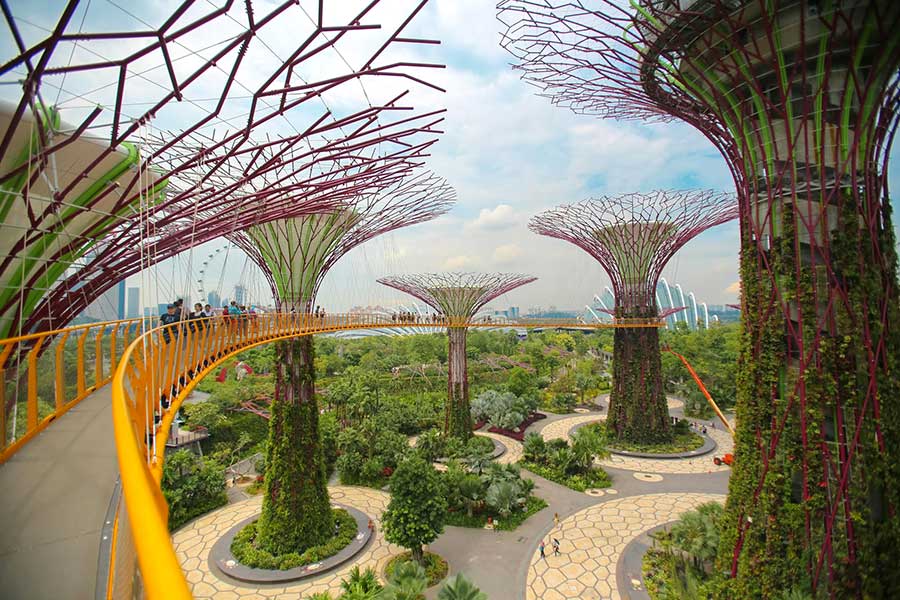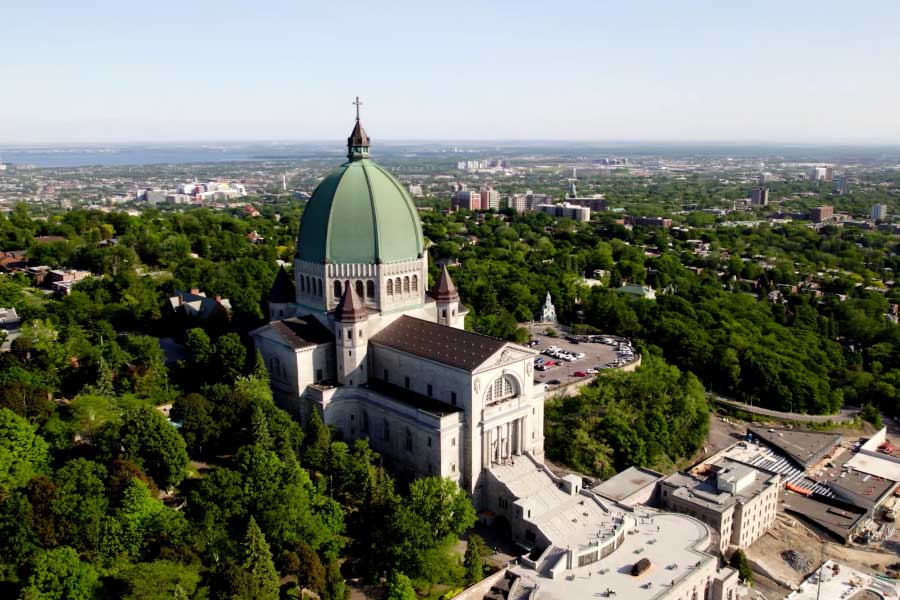All You Need to Know About the Eiffel Tower
The Eiffel Tower stands as an enduring symbol of Paris, France, captivating millions of visitors each year with its majestic silhouette against the city skyline. Here is all you need to know about this iconic landmark.
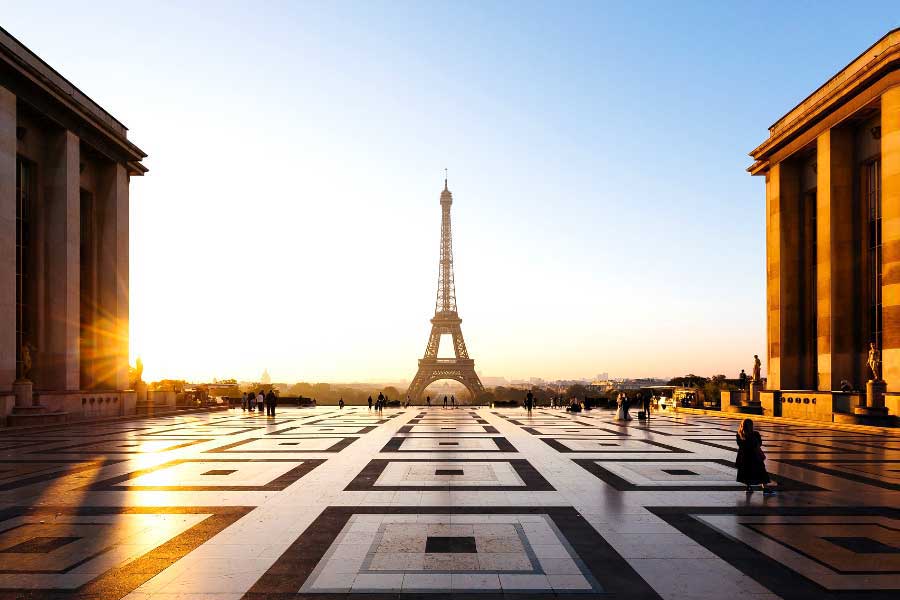
The Eiffel Tower, named after its designer Gustave Eiffel, boasts a rich history, impressive specifications, and serves as a focal point for tourism, offering visitors an unparalleled experience. The idea for the Eiffel Tower was conceived as part of the preparations for the 1889 World's Fair, held in Paris to commemorate the 100th anniversary of the French Revolution. Gustave Eiffel, a renowned engineer, won the bid to construct the tower with his design being selected from over 100 proposals.
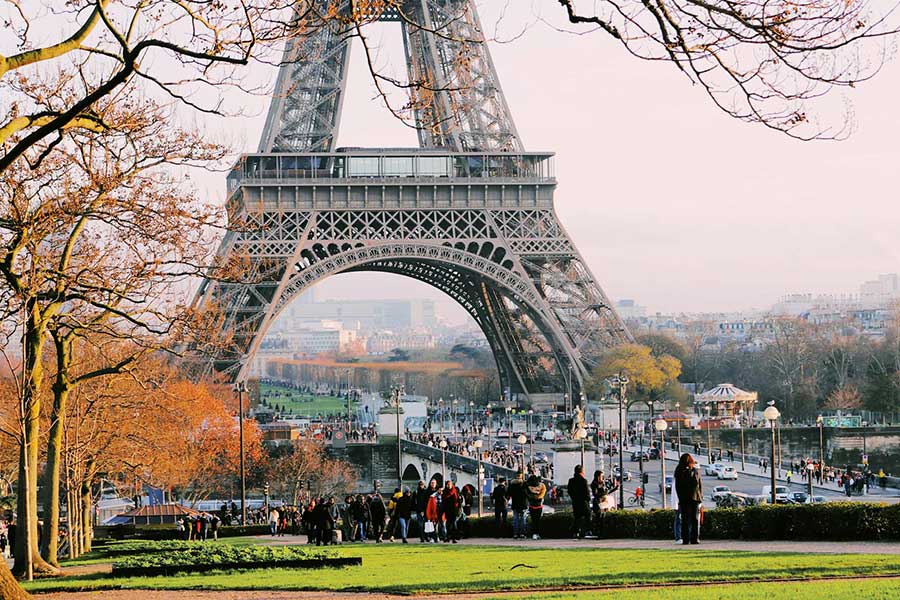
Construction of the Eiffel Tower began in 1887 and was completed in just over two years, with the tower officially opening to the public on March 31, 1889. At the time of its completion, the Eiffel Tower stood as the tallest man-made structure in the world, a title it held for 41 years until the completion of the Chrysler Building in New York City in 1930. Initially met with skepticism and criticism from some Parisians, the Eiffel Tower soon became a beloved symbol of the city, and today it is one of the most visited monuments in the world.
Specifications
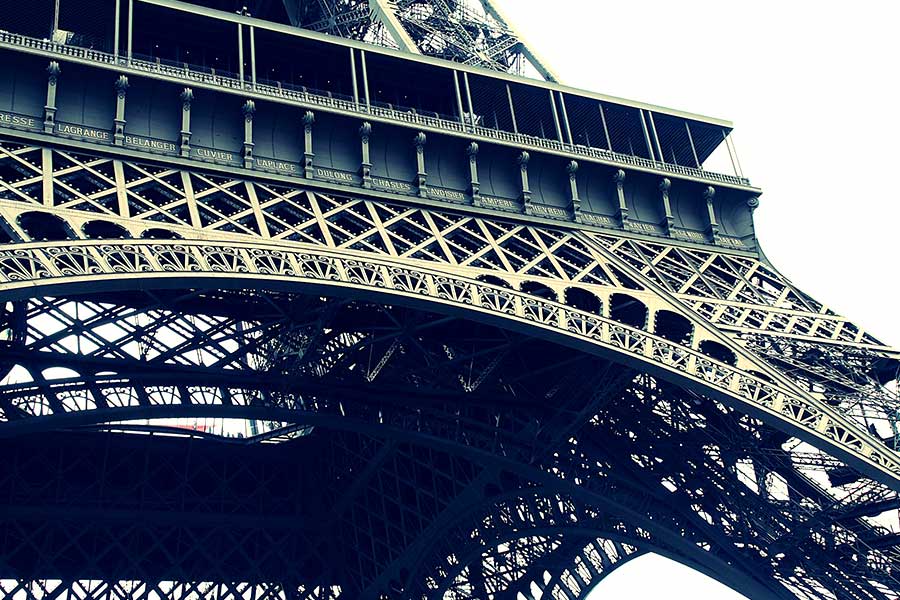
The Eiffel Tower stands at an impressive height of 324 meters (1,063 feet) including antennas. Its structure comprises three levels accessible to visitors via elevators or stairs. The tower is constructed primarily of wrought iron, with intricate lattice-work forming its iconic silhouette. It consists of four arched legs, each meeting at a single point at the top. The total weight of the Eiffel Tower is approximately 10,100 tons. The Eiffel Tower is illuminated by thousands of sparkling lights that create a dazzling display each evening, attracting tourists and locals alike.
Tourism Information
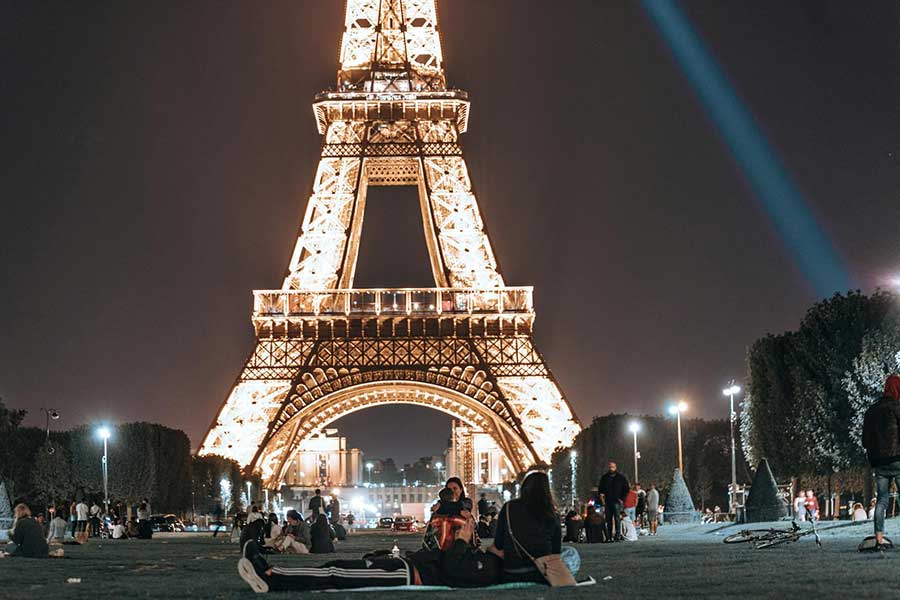
The Eiffel Tower attracts over 7 million visitors annually, making it one of the most visited paid monuments in the world. Tickets to access the Eiffel Tower can be purchased onsite or online in advance, with options for visiting the different levels or enjoying dining experiences at its restaurants. The panoramic views of Paris from the top of the Eiffel Tower are unparalleled, offering visitors breathtaking vistas of the city's landmarks, including the Arc de Triomphe, Notre-Dame Cathedral, and the Seine River. In addition to enjoying the views, visitors can explore the history of the tower through exhibitions on its construction and significance, as well as dine at its renowned restaurants, including the Michelin-starred Le Jules Verne.
The Highest Tower in the World?
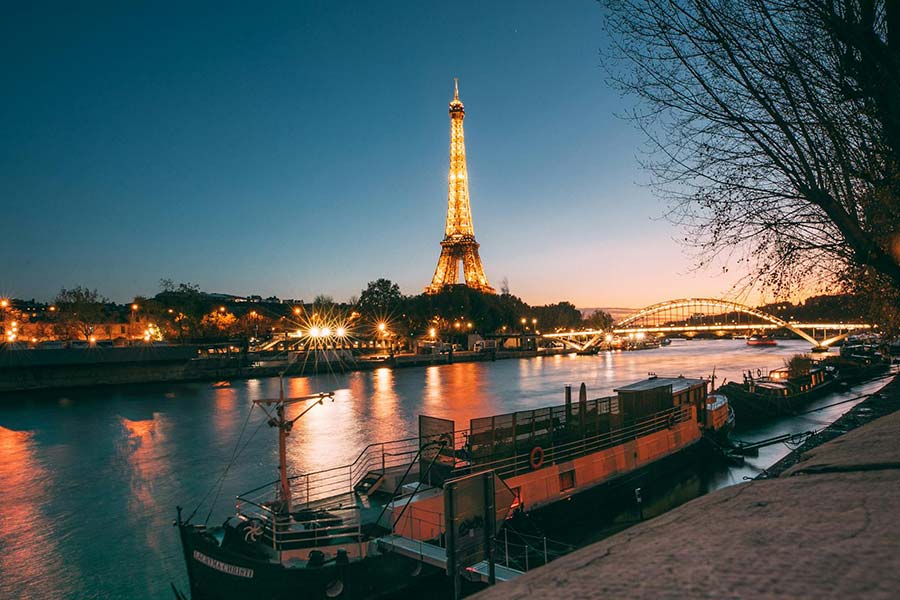
Even if the Eiffel Tower remains an iconic symbol and a significant tourist attraction, it is not the tallest tower in the world by contemporary standards. While it held the title of the tallest man-made structure upon its completion in 1889 until 1930, it has since been surpassed by many other structures, particularly freestanding towers and skyscrapers.
The Eiffel Tower stands not only as a remarkable feat of engineering but also as a symbol of Parisian grandeur and ingenuity. Its rich history, impressive specifications, and enduring allure continue to captivate visitors from around the globe, ensuring its place as one of the most iconic landmarks in the world.

Publication Date: 2024-03-12
Published By: Horizon Travel Guide




